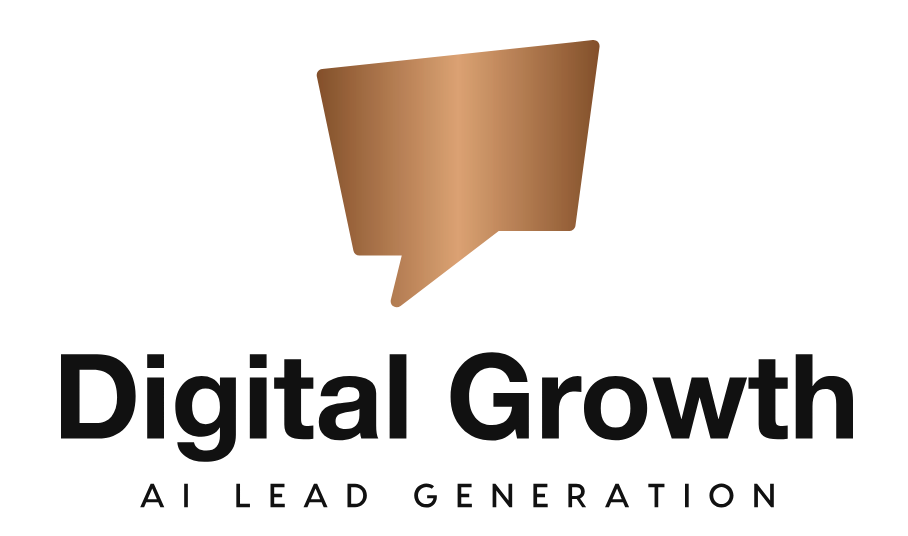
Large companies integrate AI into their existing infrastructure through a structured, multi-phase approach that balances technical, organizational, and strategic considerations. Here’s how the process typically unfolds:
1. Assessment and Planning
- AI-Readiness Assessment: Companies begin by evaluating their current IT landscape, including hardware, software, data storage, and network capabilities, to determine if their infrastructure can support AI workloads. This step also involves identifying integration points and understanding the strengths and weaknesses of existing systems[1][2][3].
- Use Case Identification: Organizations pinpoint specific business processes that can benefit from AI, such as automating customer support, optimizing supply chains, or enhancing data analytics[4][3][5].
2. Data Preparation and Compatibility
- Data Source Identification: AI’s effectiveness depends on access to relevant, high-quality data. Companies identify and prepare key data sources-often stored in legacy systems-which may require data cleansing, transformation, and ensuring compatibility with modern AI tools[6][2][7].
- Data Governance: Ensuring data privacy, security, and regulatory compliance is essential, especially for sensitive or regulated industries[7].
3. Infrastructure Selection: Cloud vs. On-Premises
- Cloud-Based Solutions: Many large enterprises leverage cloud platforms for AI due to their scalability, flexibility, and access to advanced AI tools without heavy upfront investment. Cloud-native architectures support rapid scaling and integration with existing business systems[8][7][9].
- On-Premises Infrastructure: For organizations with stringent data security or regulatory needs, on-premises solutions offer greater control, though they require significant investment and ongoing maintenance[8][7].
4. Integration with Legacy Systems
- API and Middleware Integration: Companies often use APIs and middleware to bridge AI tools with legacy systems, ensuring seamless data flow and interoperability without overhauling existing infrastructure[6][2][9].
- Best Practices: This includes mapping data flows, standardizing formats, and using connectors or integration platforms to minimize disruption and maintain business continuity[6][9].
5. Building and Testing AI Solutions
- Pilot Projects: Enterprises typically start with controlled pilot programs to test AI solutions in a limited environment, validating performance and impact before wider rollout[4][1].
- Iterative Development: AI models are refined based on pilot results, ensuring they align with business objectives and integrate smoothly with existing processes[4].
6. Deployment and Scaling
- Full Integration: After successful pilots, AI solutions are deployed across broader business units, often in phases to manage risk and ensure adoption[4][3].
- Optimization: Continuous monitoring and optimization are critical, with performance metrics and ROI tracked to ensure ongoing value[4][7].
7. Change Management and Workforce Enablement
- Training and Upskilling: Companies invest in training programs to ensure employees can work effectively with new AI tools, sometimes hiring AI specialists or partnering with consultants[4][1][3].
- Communication: Open communication and addressing employee concerns help foster a positive environment and smooth transition[4].
8. Ongoing Maintenance and Governance
- Continuous Monitoring: AI systems require regular updates, monitoring, and maintenance to ensure performance, security, and compliance[4][7].
- Governance: Dedicated teams or AI centers of excellence often oversee AI strategy, ethics, and cross-departmental alignment[7][5].
Summary Table: Key Steps in AI Integration
| STEP | DESCRIPTION |
| Assessment & Planning | Evaluate infrastructure, identify use cases, assess readiness |
| Data Preparation | Cleanse, transform, and ensure compatibility of data |
| Infrastructure Selection | Choose between cloud, on-premises, or hybrid solutions |
| Integration with Legacy | Use APIs/middleware to connect AI with existing systems |
| Build & Test | Develop AI solutions, run pilots, refine models |
| Deployment & Scaling | Roll out AI broadly, optimize based on performance |
| Change Management | Upskill workforce, manage organizational change |
| Maintenance & Governance | Monitor, update, and govern AI systems |
By following this structured approach, large companies can effectively integrate AI into their existing infrastructure, unlocking efficiency, innovation, and competitive advantage while minimizing disruption and risk[4][6][8][2][1][7][9][3][5].
- https://charliecowan.ai/artificial-intelligence-articles/what-is-the-best-way-to-integrate-ai-into-our-existing-it-infrastructure
- https://imaginovation.net/blog/integrating-ai-into-business-applications-guide/
- https://www.goleadingit.com/the-ultimate-guide-to-integrating-ai-into-your-business-operations/
- https://cornerstoneisit.com/news/how-to-integrate-ai-into-your-business-processes-for-greater-efficiency
- https://blogs.microsoft.com/blog/2025/04/22/https-blogs-microsoft-com-blog-2024-11-12-how-real-world-businesses-are-transforming-with-ai/
- https://www.linkedin.com/pulse/integrating-ai-existing-systems-ensuring-data-quality-ravi-mehrotra-lxzec
- https://www.flexential.com/resources/blog/building-future-ai-infrastructure
- https://cloudian.com/guides/data-lake/ai-infrastructure-key-components-and-6-factors-driving-success/
